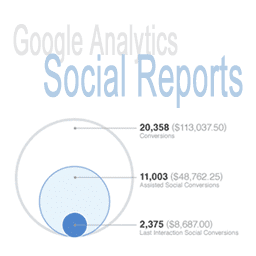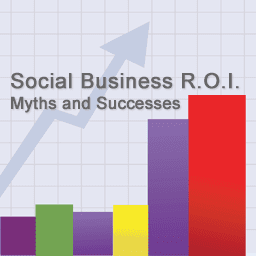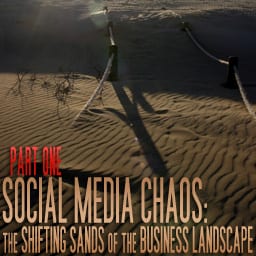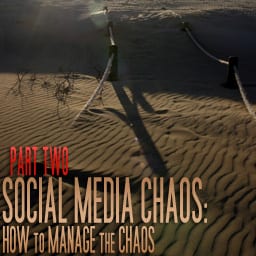Google Analytics Social Reports Ties Social Channels to Business ROI
Marketers and business owners are now one step closer to being able to track the true value of social channels to their Business ROI within Google Analytics. Google just released their latest social tracking tool “Social Reports” and it’s fully integrated within Google Analytics. The main reason that social media is so hard to measure…





